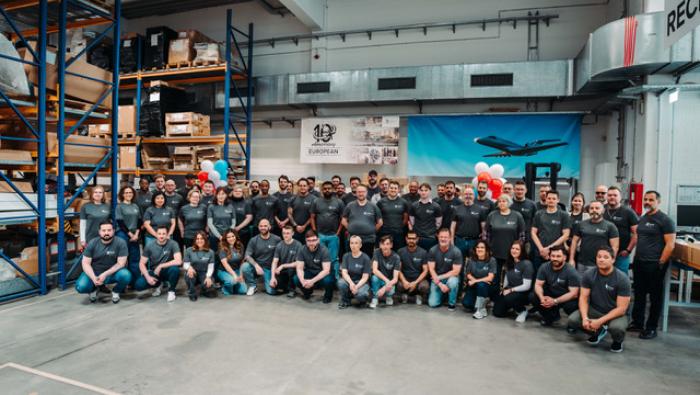BAE Systems in England has developed an active collective for helicopters that can be configured to provide infinitely variable levels of feedback to the pilot. Designed originally for the military Joint Strike Fighter program, the active “inceptor” is said to have particular potential for fly-by-wire (FBW) rotorcraft–such as future EH-101 and S-92 models–pilots of which are said to feel uncomfortable with comparatively low levels of response from the controls.
Instead of mechanical control systems, in which series of rods are augmented with actuators to give control stick “feel,” in the FBW aircraft the flight control computer interprets FBW control movements, resulting in faster response and better aircraft performance but limited feedback in the cockpit.
Now, soft control stops can warn pilots that they are approaching power limits but, if the situation demands it, allow them to be exceeded. Pilots can set hard stops to react just inside the mechanical limits, reducing strain on aircraft systems. The same controls can be customized for use in a training environment, for example, where an instructor can be given greater control authority than the student. The controls can then be reprogrammed via a laptop to reflect, say, new combat limits. In the future, a terrain-following mode could allow low-flying margins to be reduced.
The term inceptor is a catch-all word reflecting BAE’s claim that the principle can be applied to any vehicle controlled with sticks or levers. The company is currently offering the system to the U.S. Army’s UH-60M program. Business development manager Chris Coulson told AIN that the potential exists for individual pilots to set their own parameters, much like drivers of today’s high-end automobiles do. “In the future, they could carry the equivalent of today’s USB stick, loaded with individual settings for control frictions, seat position and so on.”







